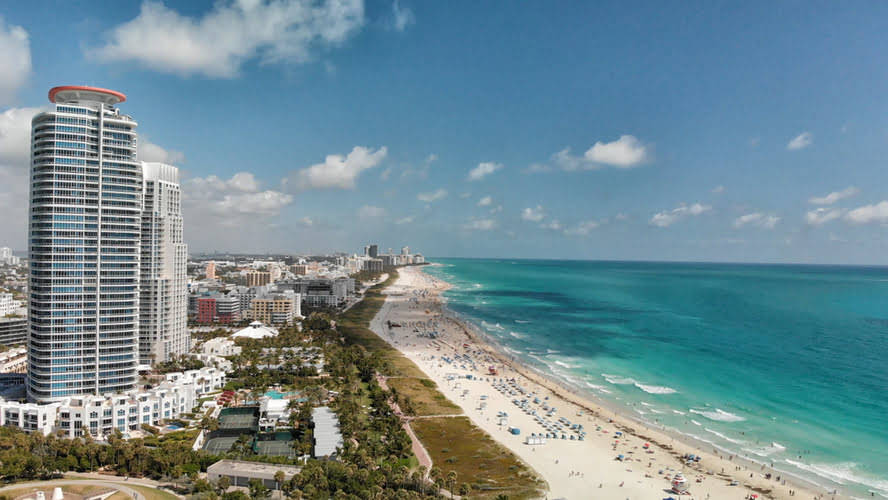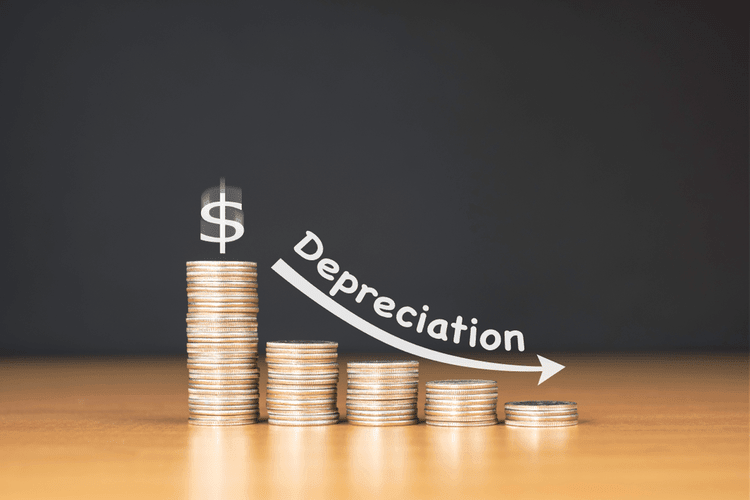
The company generated revenue of $1.204 billion, which was roughly in line with Wall Street’s expectations. Second, if Rivian Automotive can effectively deploy the funding to expedite its Illinois operations, then the automaker should be able to speed up the production of its R2 mid-size SUV model. So, keep an eye on this highly encouraging news story for further developments. Rivian Automotive has an important financial goal that could be achieved before the year is over.
- This reflects a growing movement of small brewers taking on their own retail premises and taprooms.
- Similarly, consumers are drawn to craft brewers, microbrewers, and local brewpubs because of their attention to detail, range of beer styles, quality of ingredients and their high degree of expertise.
- P&L statements provide a snapshot of a brewery’s financial performance over a specific period of time, allowing brewery owners to quickly and easily identify trends in revenue and expenses.
- Over the past four years, alcohol consumption has dropped steadily, as people are becoming more health-conscious.
- With so many competitors in the beer industry, how do you make sure your brewery survives and thrives?
- Your taproom purchases beer from your brewery at $150 per 1/2 barrel.
- At Beambox, we are always excited and happy to assist you with jump-starting your business.
Is the Brewing Industry Really Profitable?
- Margins are the difference between revenue and the cost of the beer.
- These are the total orders out of the total orders that get to their destination on time and in full.
- Not just the cost of hops and yeast, but also labour and packaging.
- He’s used to paying $20 for a 12-pack but he reluctantly pays $40 for a 12-pack of craft beer at your online store.
- He’s a frequent patron of your taproom and is often the first to try out newly released brews.
Running a profitable brewery is a balancing act that goes far beyond the fermentation sciences. In the two hypothetical breweries presented here, both showed healthy profits. However, debt and loan payments can play a big role in whether the taproom can stay cash flow positive. Nothing will end a business faster https://www.bookstime.com/ than running out of cash. The 1,000 BBL taproom, with sales of $1.5 million has total beer costs of $600,000. Using key metrics such as revenue per barrel, margin per barrel and profit per barrel is a helpful way to summarize financial information and make it easy to compare results with other breweries.
Distribution financial metrics
For instance, if your brewery produces 5,000 barrels annually and sells each barrel for $250, your revenue would amount to $1.25 million. Chad is a university student looking for an interesting beer to try. He’s used to paying $20 for a 12-pack but he reluctantly pays $40 for a 12-pack of craft beer at your online store. Though he likes the taste, it strains his wallet — he can only buy your beer on special occasions. He’s a frequent patron of your taproom and is often the first to try out newly released brews.
What’s the average profit margin for a bar?
On average, brewery profit margins typically fall within the range of 4% to 15%. New Zealand liquor retailers primarily sell packaged beer, wine or spirits for consumption off the premise only. It includes physical retailers’ online sales, but excludes purely online businesses. Rising demand for premium products, including craft beer, has supported the industry’s revenue.
What’s included in the profit and loss of a brewery?
The New Zealand beer industry is worth NZ$2.3 billion dollars and is made up of 218 breweries. The industry employed around 22,000 people both directly and indirectly in 2019 and paid $600 million in GST and excise tax. Approximately 85% of the beer sold in Australia is made domestically. Australia’s beer sector is a significant driver of economic activity and domestic jobs, from farming, brewing, packaging, and distribution.

For example, you should include here all your purchases of raw materials (malt, hops etc.) as well as any other ingredients and products that go into the beer production. For example, you would also include all packaging expenses (the beer cans, etc.). Brewery profit margins are influenced by production volume, pricing strategy, cost control, and market demand. As a general rule, craft beer is best up to three months from bottling or canning to optimise flavours and mouthfeel. Brewery software can keep track of raw materials such as yeast, malt and hops, as well as every keg, can or bottle.

The cost of the beer includes raw materials, direct labor, and overhead of the brewing operation. Direct labor consists of wages for brewery, cellar and packaging staff. COGS refer to the direct variable expenses you will incur in manufacturing your beer.

- A tasting event is memorable marketing for visitors and draws in crowds.
- 10-20% per annum increases also occur as illustrated in marketing, utilities, and maintenance.
- In addition to the pricing strategies above, here are some industry-standard pricing methods.
- The KPI measures how fast clients expect to receive their purchases from your brewery.
- But be careful not to alienate customers that are looking for cheap beer.
- The financial aspect of the brewery business is a crucial factor to consider.
Overall, implementing AR software can be an effective way for breweries to reduce costs, increase cash flow, and gain valuable insights into their business operations. By choosing a reliable software provider like Notch, breweries can streamline their billing and collection processes and take their business to the next level. Breweries can reduce production costs by increasing efficiency and automation in their brewery accounting brewing processes. This can include investing in equipment that reduces the amount of labor required for production, implementing process improvements, and optimizing production schedules to minimize downtime. Examples include automated brewing systems, keg cleaning machines, and label makers. By investing in equipment that reduces labor, breweries can optimize their operations and reduce production costs.
- By tracking customer payment histories and patterns, breweries can identify areas where they can improve their billing and collection processes.
- Taproom net profits are calculated by subtracting total operating costs from taproom margins.
- In this case, since DLocal guides for gross profits, I believe it’s more insightful for us to discuss its gross profits while taking in context its historic gross profit rates.
- Variable costs increase or decrease with the volume of production.
- I am a passionate beer connoisseur with a deep appreciation for the art and science of brewing.
- It’s a new year and a new beginning for your financial statements.
- In simple math, you’ll make four to five times more revenue on the same volume of beer by selling to the consumer directly.
